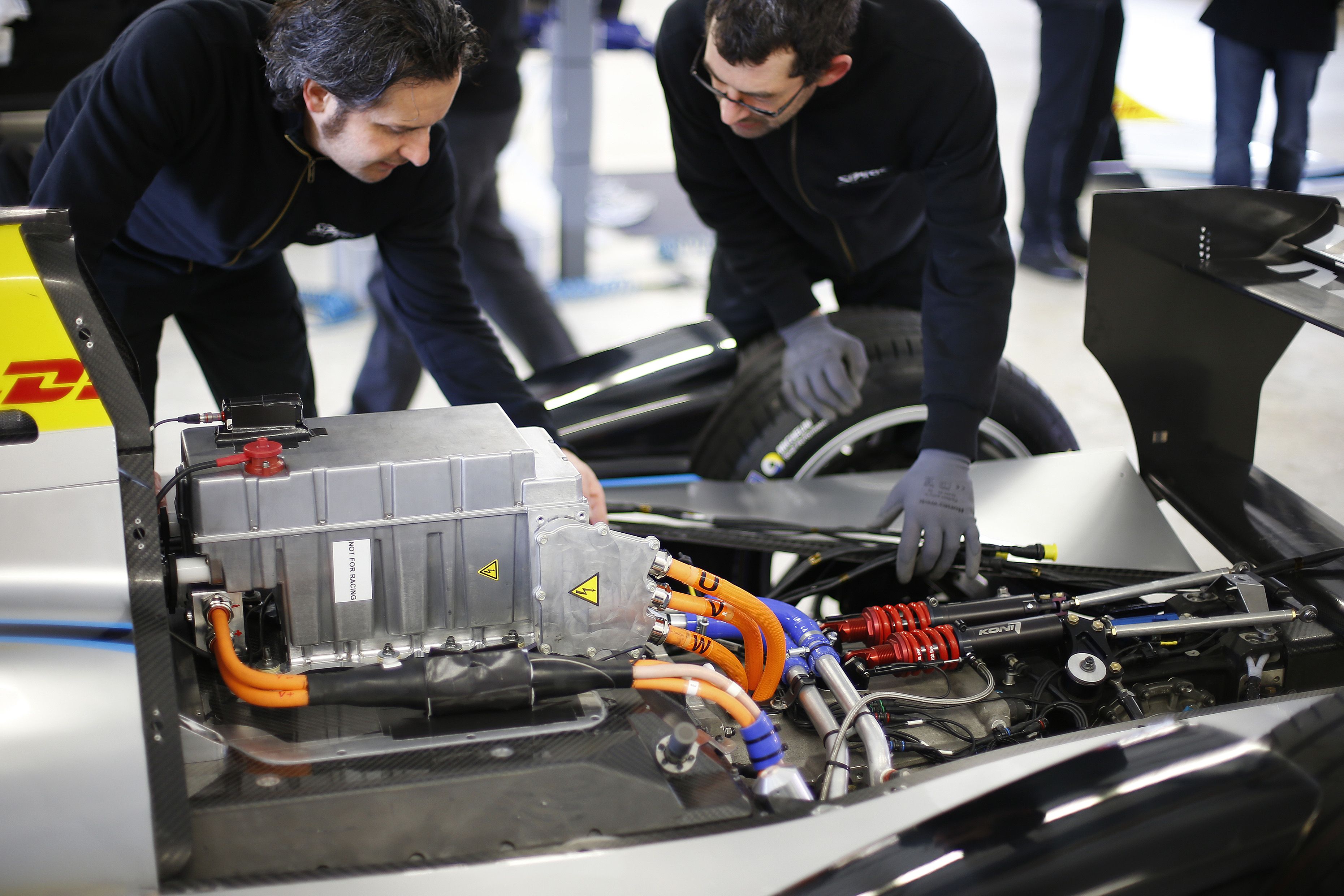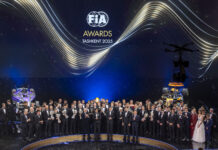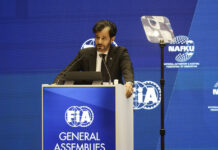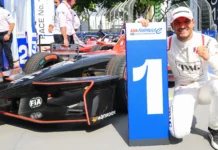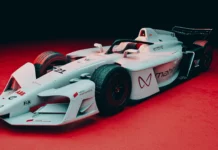Williams Advanced Engineering is the official battery supplier for the inaugural season of Formula E, the world’s first fully electric racing series. Managing Director Craig Wilson introduces the technology, its development history from Formula One, and the company’s pedigree in energy efficient performance technologies.
Q: What sort of experience made Williams Advanced Engineering the chosen company to design and manufacture the Formula E batteries?
CW: Williams has a history of developing various forms of energy storage technology that dates back to the introduction of KERS (Kinetic Energy Recovery System) into Formula One in 2009. Williams was one of the only teams to design and manufacture a complete KERS unit entirely in-house, and we developed both battery and flywheel based variants. Not only did we race our KERS system in Formula One for three seasons, but through the establishment of Williams Advanced Engineering we started developing new variants for commercial use. To date our technology has been used in Le Mans winning racing cars, a hybrid supercar with Jaguar, and buses to name a few. The Formula E battery has taken the learning from our previous projects and scaled up the batteries to create one of the most sophisticated ever made.
Q: What are the technical highlights of the battery?
CW: We have designed the battery to meet specific technical specifications mandated by the FIA and Spark Racing Technologies. Fundamental requirements were a 200kg cell weight limit, a 1000V maximum allowed bus voltage, a 200kW peak power limit and maximum usable energy of 28kWh.
We have had to produce a component that is 100 per cent consistent from one team to the next, with each battery lasting for an entire season with no loss of power or performance. We therefore designed a battery with some excess stored energy levels that stayed within the FIA regulations. The series aims to showcase the evolution of battery technology over the next few years and these technical specifications provide a starting point from which to build on.
Q: What have been the key technical challenges?
CW: The chassis had already been designed when Williams Advanced Engineering joined the programme, so we had a strictly defined dimension or “box” that we had to fit the battery into.This created a challenge for packaging and installation that needed to be overcome from the start. The next challenge was in ensuring that the battery received sufficient cooling. Thermal management is at the core of the design because temperature defines the performance parameters in almost all racing cars and our battery is no different.
Q: How long did Williams Advanced Engineering have to design and manufacture these batteries?
CW: The timescales have been very aggressive. We joined the project in June 2013, so have had a little over 12 months to design and build batteries for the 40 cars that will race, along with a number of spares. This has been challenging, but as a Formula One bred organisation we are more than used to dealing with truncated development timescales. We had a working prototype in six months, and started full manufacture of the batteries in March this year. We were approached because Williams Advanced Engineering was considered agile and experienced enough to design such a sophisticated battery in time for the start of the race series.
Q: What kind of safety features have been considered?
CW: Safety has been a core consideration from the very beginning. The battery is a structural element of the car and has to withstand the rigours of close street racing. The battery has become the first to complete FIA crash testing and has also met UN regulation 38.3 for the safe air transportation of lithium ion batteries – crucial given the global nature of the series.
Q: What support will Williams personnel supply at the race track?
CW: We will have a number of personnel at the races this season whose job is to work with the teams to ensure the proper operation of the batteries and provide support should any technical issues arise.
Q: What role can motorsport play as a proving ground for the next generation of electric vehicle technology?
CW: Motorsport has always been a fantastic way of validating the next generation of technology. It is about pushing the boundaries of what we currently have in a bid to gain a competitive advantage. Take Formula One – this year’s power units are highly innovative and that technology will be filtered down into road cars in the future.
Formula E is no different. These batteries are very unique and they will be tested to the absolute limits by teams in a harsh environment. The same goes for the other elements that make up the electric powertrain. We can use Formula E as a means of improving storage density – having more energy within the same weight – charging times and life span and this learning will trickle down into regular electric vehicles.
Williams F1 Press Release

